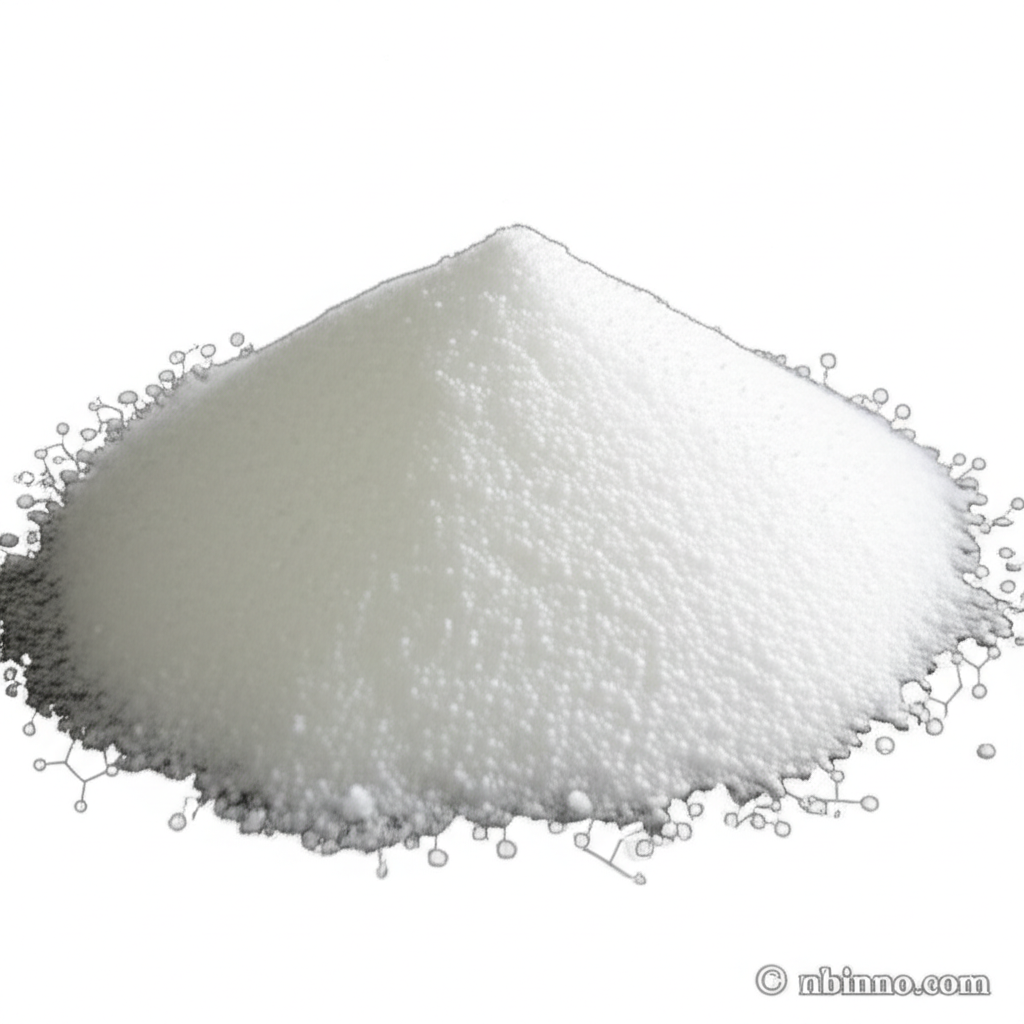Polyvinyl Acetate: A Versatile Polymer for Diverse Industries
Discover the wide-ranging applications and key properties of Polyvinyl Acetate, a crucial chemical intermediate.
Get a Quote & SampleProduct Core Value

Polyvinyl Acetate
Polyvinyl Acetate, identified by CAS 9003-20-7, is a highly adaptable polymer renowned for its utility across numerous sectors. Its transparent, water-white to light yellow appearance, whether in granular or flake form, makes it suitable for sensitive applications.
- Explore the benefits of Polyvinyl Acetate as a gum base, a key component in confectionery and chewing gum formulations.
- Understand the critical role of Polyvinyl Acetate in the production of high-performance coatings and adhesives, offering excellent binding properties.
- Learn about the stringent residual monomer limits for Polyvinyl Acetate, ensuring safety and compliance in food-grade applications.
- Discover how Polyvinyl Acetate serves as a vital raw material for synthesizing polyvinyl alcohol and other copolymers, expanding its application scope.
Advantages Offered by Polyvinyl Acetate
Versatile Applications
Leverage Polyvinyl Acetate as a raw material for polyvinyl alcohol, vinyl acetate-vinyl chloride copolymer, and vinyl acetate-ethylene copolymer, showcasing its broad utility.
Food Safety Compliance
Adhere to China’s regulations for Polyvinyl Acetate as a gum base, with a maximum use of 60g/kg, ensuring safe and compliant food additive applications.
Enhanced Product Formulation
Utilize Polyvinyl Acetate as a fruit coating agent to prevent moisture evaporation and maintain freshness, thereby extending shelf life.
Key Applications
Gum Base and Confectionery
As a gum base, Polyvinyl Acetate is integral to chewing gum formulations, providing the necessary texture and elasticity for a satisfying consumer experience.
Coatings and Adhesives
The polymer is widely employed in the formulation of coatings and adhesives, contributing to their binding strength and film-forming capabilities.
Textile Finishing
Polyvinyl Acetate is utilized as a fabric finishing agent, improving the feel, drape, and performance of textiles.
Chemical Synthesis
It serves as a primary raw material for producing polyvinyl alcohol and various copolymers, which are essential in a multitude of industrial processes.
Related Technical Articles & Resources
Why Choose Us?
Leverage our expertise and state-of-the-art infrastructure to accelerate your journey from discovery to commercial success.
Global Experience
With 20 years of R&D, manufacturing, and sales experience, we proudly serve clients across 60 countries and regions worldwide.
Advanced Facilities
Our in-house R&D laboratory, pilot platform, and large-scale production workshop are equipped to meet the audit requirements of global customers.
Seamless Scalability
We facilitate a perfect transition from small-scale lab requirements (grams) to full commercialization (hundreds of tons).
